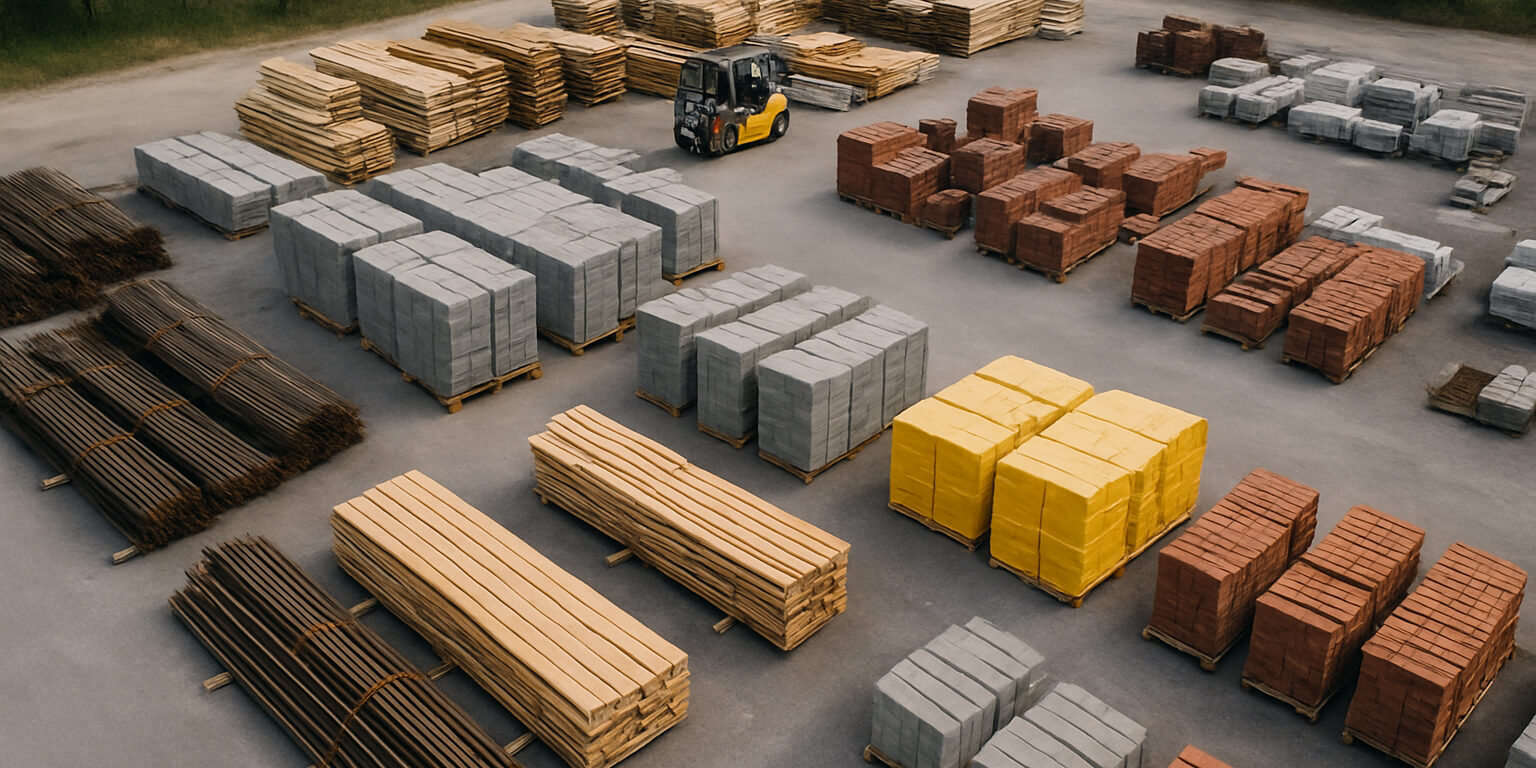If you’ve worked in construction or commercial real estate development over the past few years, you’ve felt it firsthand: the price of materials isn’t just going up – it’s staying there.
From lumber and copper to concrete and fasteners, nearly every line item on a construction budget has been affected by steady, and sometimes unpredictable, price increases. And while the headlines might pin some of the blame on recent tariffs, the reality is more complex. This is a longer-term trend with deeper implications.
The Data Doesn’t Lie
According to the Associated General Contractors of America (AGC), construction input prices soared by 39% between March 2020 and March 2023. And they’re not exactly cooling down. The U.S. Bureau of Labor Statistics reported a 7.6% rise in the Producer Price Index (PPI) for construction materials just in 2023. These spikes are rippling across every phase of development—from bidding and planning to procurement and delivery.
And it’s not just the big-ticket materials. Insulation, adhesives, piping—everything from structure to finish has been affected. Budgets are blown, schedules are shifted, and firms are left scrambling to protect their margins.
The Bigger Impact
This isn’t just a budgeting issue. Rising costs are changing the way firms do business:
-
Bidding is becoming more cautious and flexible
-
Relationships with suppliers are more critical than ever
-
Scope adjustments are happening mid-project
-
Developers are hitting pause on projects due to financial uncertainty
The industry is moving from a fixed-cost mindset to a fluid, adaptive approach. The question is no longer if costs will fluctuate—it’s how fast can you pivot when they do?
What Smart Firms Are Doing Differently
Leading construction and development firms aren’t waiting for costs to normalize. They’re adjusting their strategies now to create more resilient, adaptable operations.
Some of the most effective tactics include:
-
Bulk material purchasing when prices stabilize, to hedge against volatility
-
Flexible contracts that include price escalation clauses or shared-risk structures
-
Early collaboration with suppliers and subcontractors to anticipate challenges
-
Leveraging construction technology, like AI-based forecasting and procurement platforms
A McKinsey report notes that firms using collaborative procurement and real-time data analysis can reduce material cost overruns by up to 15%—a number that can make or break project viability in a tight-margin environment.
Building for the Future
It’s clear that the days of the old “status quo” are behind us. Construction firms that want to remain competitive need to shift their mindset. That means embracing innovation, building stronger communication channels across teams and stakeholders, and investing in tools that give better visibility into cost fluctuations.
Yes, the landscape is volatile. But it’s also an opportunity for the industry to build smarter, not just bigger. Those who lean into flexibility, plan strategically, and stay connected to both data and people will be the ones who come out ahead.
Contributor: Dave Lambert








